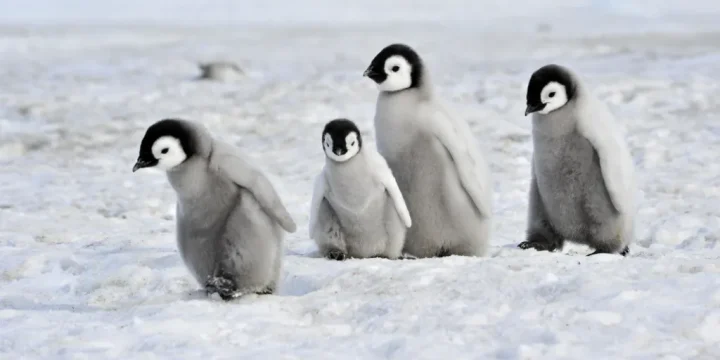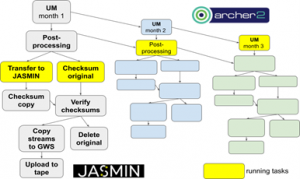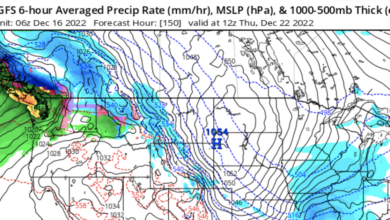More Climate Alarmists Misinformation about Emperor Penguin’s Breeding Failure! • Watts Up With That?

More Climate Alarmists Misinformation about
Emperor Penguin’s Breeding Failure!
By Jim Steele
The recently published paper by Peter Fretwell titled Record Low 2022 Antarctic Sea Ice led to
Catastrophic Breeding Failure of Emperor Penguins, set off a wave of misinformed doomsday articles, as his introduction stated “Recent efforts to predict emperor penguin population trends from forecasts of sea ice loss have painted a bleak picture, showing that if present rates of warming persist over 90% of emperor colonies will be quasi-extinct by the end of this century.
A sea ice physicist at the British Antarctic Survey added to the fearmongering stating “This paper dramatically reveals the connection between sea ice loss and ecosystem annihilation. Climate change is melting sea ice at an alarming rate.”
However, there was absolutely no evidence the lack of sea ice was due melting from global warming. All previous research has shown because of the extreme cold melt ponds are rarely observed in Antarctica. The annual loss of fast-ice (ice fastened to the shore) that Emperors often use for a breeding, is largely due to breakouts, not melting. And a careful examination of the 5 colonies that Fretwell analyzed, strongly suggest the paper’s claims were just promoting the climate crisis hoax.
Nonetheless, the dishonest doomsday internet activist GoGreen@ecowarriorss pounced on the misinformation and tweeted “Emperor penguins suffer ‘unprecedented’ breeding failure as sea ice disappears Ultimately, they cannot survive in an ever warming world and neither can we or most other species bar cockroaches and a few other hardy species. MSN.com fearmongered, ‘Emperor penguins are running out of ice to breed on.’
Click bait media like USA Today headlined, “Climate change hits emperor penguins: Chicks are dying and extinction looms, study finds’ stating “due to the dramatic loss of sea ice, several colonies of emperor penguins in Antarctica face “quasi-extinction” in the decades to come. And as expected CNN wrote, “‘Catastrophic’ loss: Huge colonies of emperor penguins saw no chicks survive last year as sea ice disappears.’
But Fretwell’s 5 colonies in the Bellingshausen Sea (circled region) were NOT huge as illustrated by the small circles. Furthermore, climate scientists had determined that atmospheric circulation variability over the Amundsen-Bellingshausen Sea is larger than in any other region of the Southern Hemisphere, which is why the fast-ice extent is so variable there and so prone to the early breakouts that happened in 2022. The regions instability also suggests the 5 colonies were likely only temporary.
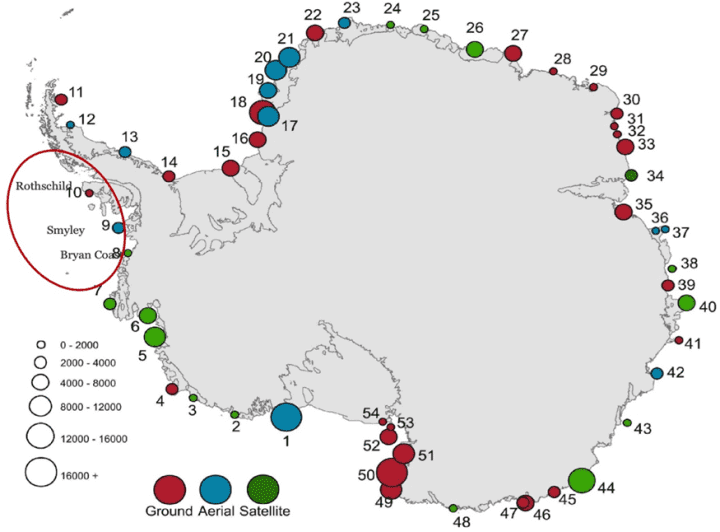
- Satellites first discovered the Bryant Coast colony in 2014, but there were no penguins observed there in 2010.
- The Pfrogner Point colony was only discovered in 2019. Its estimated population of 1200 pairs bred on a stable ice shelf, not on fast ice. Yet they still abandoned the colony in November.
- There was no breeding failure on the Rothschild Island colony because there, fast-ice persisted as needed until the end of December.
- Smyley Island colony was first discovered in 2009, and its populations vary wildly, between 1000 and 6500 breeding pairs.
- The Verdi Inlet colony was first discovered by satellite in 2018 and its population also varied wildly.
Tremendous sea ice variability in the Bellingshausen Sea is caused by the shifting location and strength of the quasi-permanent pressure system, known as the Amundsen Low. As seen in the illustration, the Amundsen Low’s clockwise circulation caused reduced sea ice (red) in the Bellingshausen Sea and above average sea ice (blue) in the Amundsen and Ross seas. Also notice there was no other loss of sea ice along the coast where Emperors breed. Low sea ice elsewhere (red) was caused when weaker winds did not extend the pack ice further away from the coast.
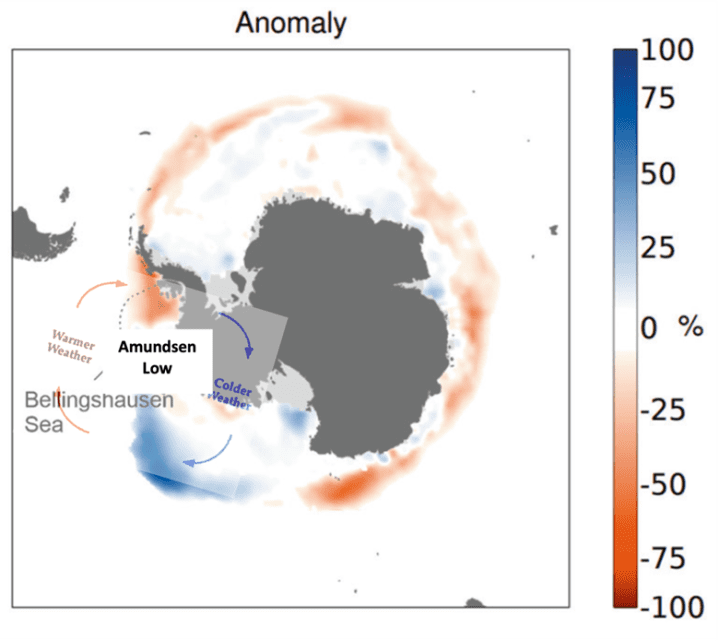


Years when the Amundsen Low is stronger, the winds in the Bellingshausen Sea that blow towards the coast prevent sea ice expansion. Those stronger winds also carry more moisture and cause some of Antarctica’s most intense snowfalls. Heavy snowfall insulates the fast-ice and prevents warmer ocean heat from ventilating. That trapped heat then reduces the normal thickening of the fast-ice, making fast-ice in this region more vulnerable to breakouts.
Finally, the Amundsen Low is very sensitive to El Nino and La Nina events that shift the winds location and strength. The fast ice breakouts of the 5 colonies had nothing to do with a climate crisis but were driven by natural atmospheric circulation patterns unique to the Bellingshausen Sea.
Shame on all the alarmists that weaponized weather and natural penguin struggles to push a climate crisis!
